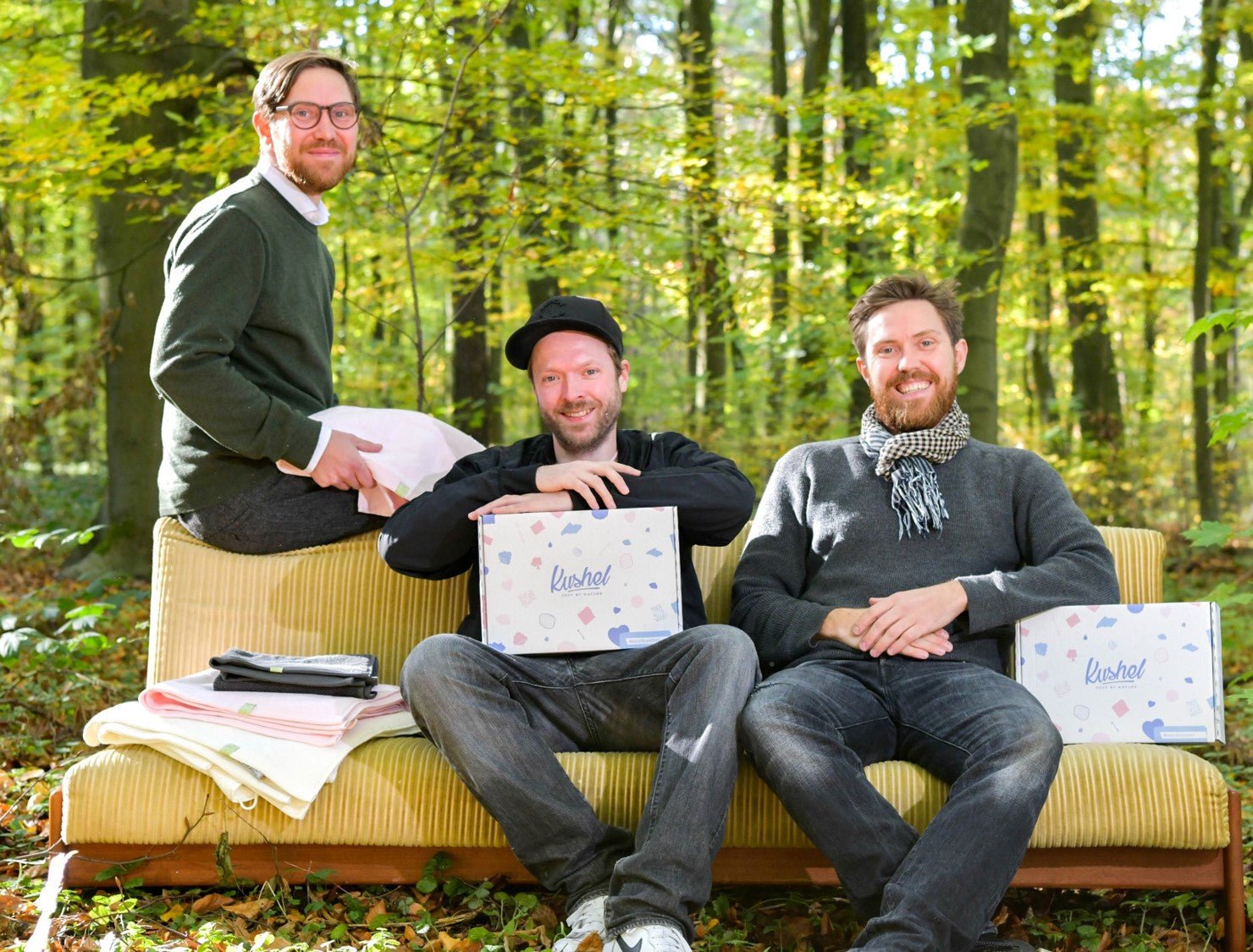24048 TREES PLANTED
24.048 Trees planted!
We are so happy that our towel is received so well and that we (thanks to you) have made it this far! Today we want to tell you a bit more about the trees we plant. This is only one part of our mission to be climate & resource positive, which you can learn more about here.

As you might already know, we plant two trees for each towel. We love trees, as they have many benefits for our environment: They help to restore the soil, play an important part in the formation of clouds, they serve as windbreaks, help to prevent mudslides and their roots increases the water penetration. Depending on the type of tree and geographical location, a tree stores 5-10 kg of CO2 each year. In the tropics, this figure is many times higher and the list of benefits goes on and on.
But planting trees is not enough! It is about restoring ecosystems, which is a very complex topic. For example, trees are an important habitat for animals and some of them can house nearly 500 different species. In other words: Planting trees in monocultures might have the benefit of binding CO2, but it won´t help to restore biodiversity, which is needed to create the complex synergetic effects that our planet needs to survive.
Hence why we work together with experienced partners across the world that focus on long-term growth and have the knowledge and infrastructure to address the local needs of restoring forests in their area of activity.
Our Tree Partners:
Germany – “Klimapaten Pflanzaktion“

Our sustainability auditor the Klimapatenschaft GmbH, who helped us with the calculation of our emissions and water usage, organizes annual tree planting events and help to restructure a monoculture pine-wood forest to a mixed forest in Klövensteen, close to our office in Hamburg, Germany. Even though the deforestation in Europe isn´t such a major problem as in the rainforests, we decided to plant our first 10.000 trees here, because we can visit them in person and get a guaranteed lifetime of at least 50 years.
Restructuring a forest has a huge impact on the birds and other inhabitants of the forest. The monoculture pinewood forest used to be a strategic wood reserve for Germany and forests like this one can be found all over Germany. By planting beech trees in this monoculture forest, the treetops are changing, and rainwater evaporates differently in the crowns and because of the mixed root structure, more rainwater will become clean mineralized ground water.
A study published by Prof. Dr. Steffen Rust (Professur für Baumpflege und Baumkontrolle Fakultät Ressourcenmanagement, Universität Göttingen) showed that the groundwater level in a mixed forest is higher than in a monoculture forest.
By planting trees with the Klimapaten Pflanzaktion we create groundwater and store carbon dioxide, a win-win situation for you and Mother Nature.
Africa - “Trees for the Future“

The trees we plant in Africa with Trees for the Future are helping to restore deforested areas, but they have a big social impact as well! These trees give families the ability to transition from destructive farming techniques to a so-called Forest Garden system.
By helping farmers to plant specific types of fast-growing trees, fruit trees, hardwoods, and food crops in a systematic manner over a four-year period, the forest garden approach gives the farmer a sense of ownership and pride, which is essential for a long-term lifespan of a tree. From the nurseries, the plants and baby trees are transplanted into fields where farmers continue to cultivate and evolve their land and benefit from their improved soil and recurring crop yields.
Farmers are educated online and on-site by our partners about agroforestry and other sustainable farming techniques. A tree that is given to farmers and then planted in forest gardens has a higher documented success rate than wild planting.
Mexico - “Plant-for-the-Planet“

The trees we plant in Mexico with Plant-for-the-Planet are special because this NGO is training young people to become ambassadors for climate justice and is political lobbying for tree planting projects.
The Plant-for-the-Planet children and youth initiative was launched in January 2007 in Germany. At the end of his school presentation about the current climate crisis, nine-year-old Felix Finkbeiner announced his vision to his classmates: “Let’s plant one million trees in every country on earth!” The current goal of the children and youth initiative is to plant a trillion trees worldwide. Planting Trees is a low cost and very effective tool of binding CO2, allowing us more time to reduce greenhouse gas emissions to zero and mitigate the climate crisis.
In 2011, the United Nations Environment Programme (UNEP) handed over the long-established Billion Tree Campaign, along with the official world tree counter, to Plant-for-the-Planet. As the children’s aim is now to plant a trillion trees, they transformed the Billion Tree Campaign into the Trillion Tree Campaign and developed an interactive online tool that motivates others to get involved in planting (trilliontreecampaign.org).
We help to plant eight different native mahogany-tree species on Yucatán-Peninsula in Mexico. Every tree gets a number and with a lot of care and structure, Plant for the Planet achieved a survival rate of 94% for the trees.
Thanks for reading and if you want to learn more about our progress follow us on Facebook and Instagram.
Much love,
Jim, John and Mattias



